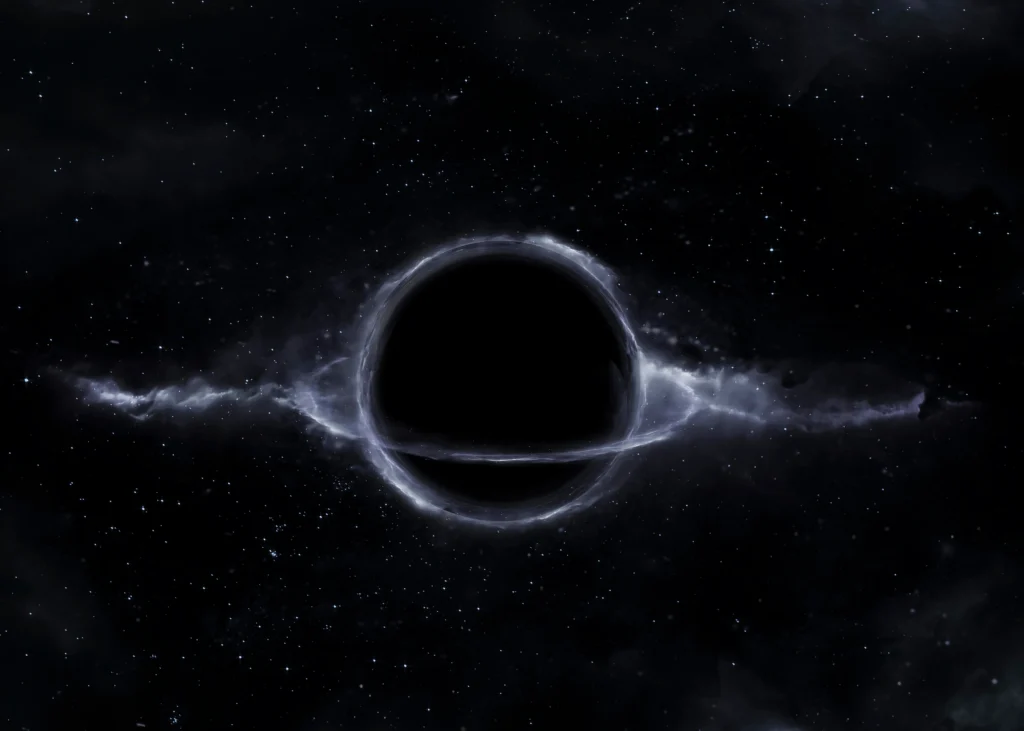
The universe has always held mysteries that spark our imagination. We currently believe it’s made of “normal matter,” “dark energy,” and “dark matter.” However, new research from physicist Rajendra Gupta proposes a new way to understand the cosmos, potentially shaking things up.
Read More interesting articles on trendystring.com
Rethinking the Universe’s Building Blocks
Gupta’s research suggests we might not need dark matter or dark energy to explain the universe’s workings. This bold claim challenges the prevailing cosmological model.
At the heart of his theory lies the CCC+TL model, which combines two ideas:
- Covarying Coupling Constants (CCC): This theory proposes that the fundamental constants of nature, like the speed of light, might not be fixed everywhere in the universe.
- Tired Light (TL): This theory suggests light loses energy as it travels vast distances, causing a redshift (light stretching) without needing universal expansion.
By combining these, the CCC+TL model offers alternative explanations for observations that have puzzled scientists for decades.
Why Dark Matter Matters (for Now)
Current theories suggest dark matter, an invisible substance, makes up 27% of the universe, influencing galaxy movements and holding them together. However, Gupta’s findings propose alternative explanations for these phenomena, potentially eliminating the need for dark matter.
A Universe Older Than We Thought?
Gupta’s research also proposes a universe 26.7 billion years old, significantly older than the current estimate of 13.8 billion years. This challenges the Big Bang theory, which forms the basis for the current age estimate.
The Road Ahead: Testing the New Model
While Gupta’s theory is intriguing, it needs verification. Scientists are currently searching for ways to test the CCC+TL model through observations and experiments. This might involve studying distant stars, measuring cosmic radiation, and analyzing vast amounts of data.
Unveiling the Cosmos, Piece by Piece
Understanding the universe is like assembling a giant puzzle. Each new piece, like Gupta’s theory, helps us see a clearer picture, even if it means re-evaluating what we thought we knew. Whether the CCC+TL model becomes a cornerstone of cosmology or leads to further discoveries, it’s part of the ongoing quest to comprehend the cosmos.